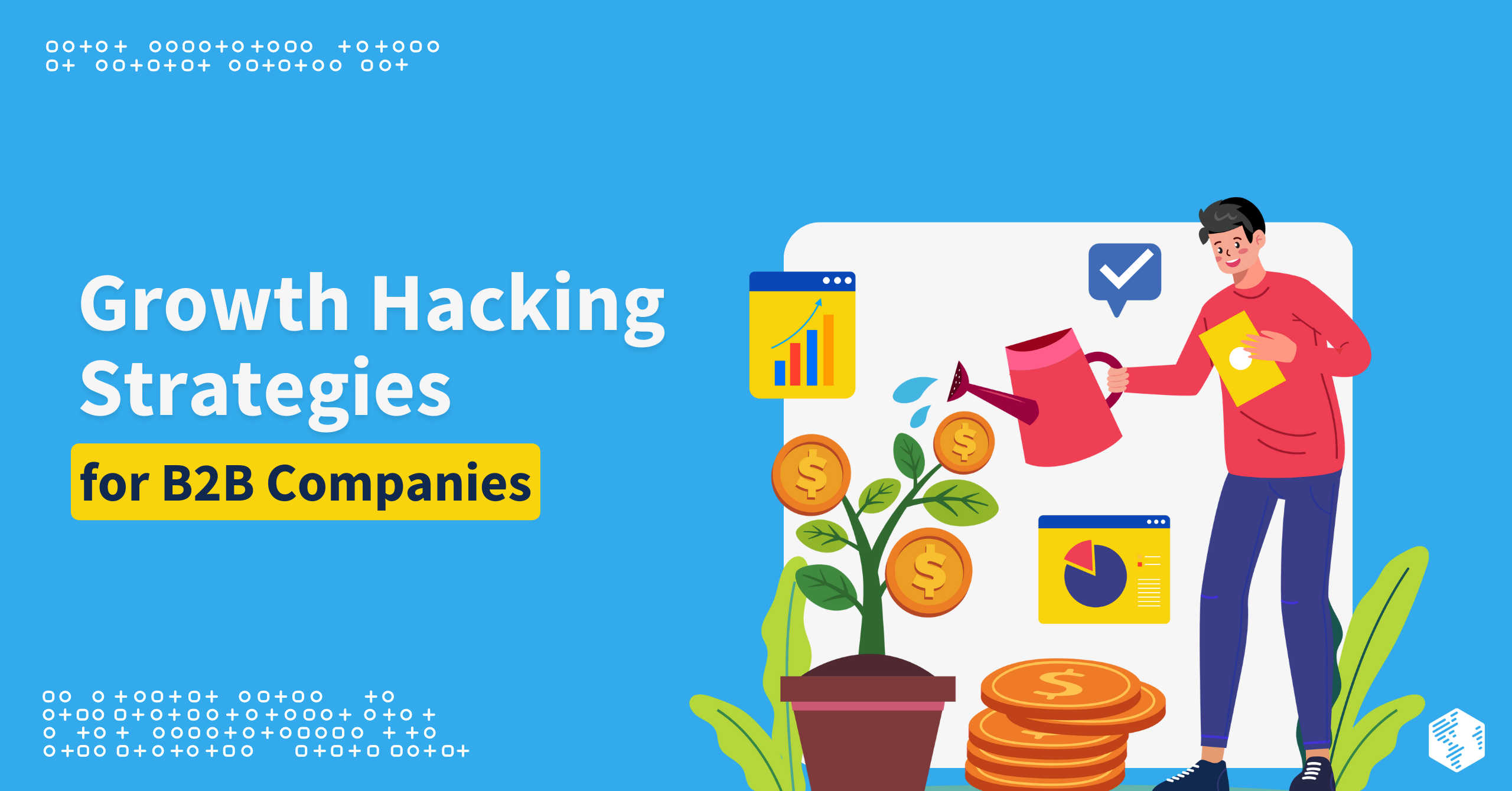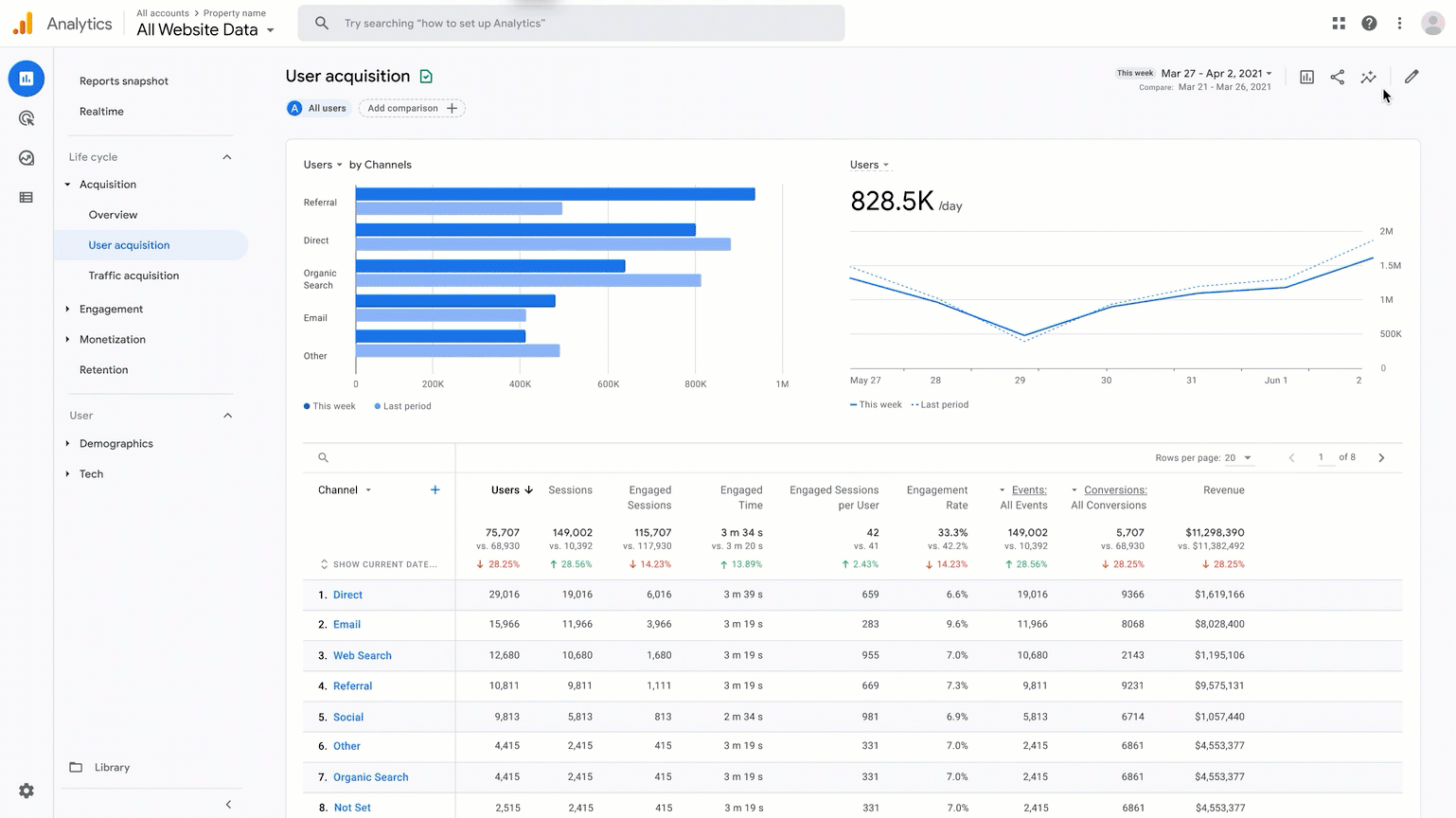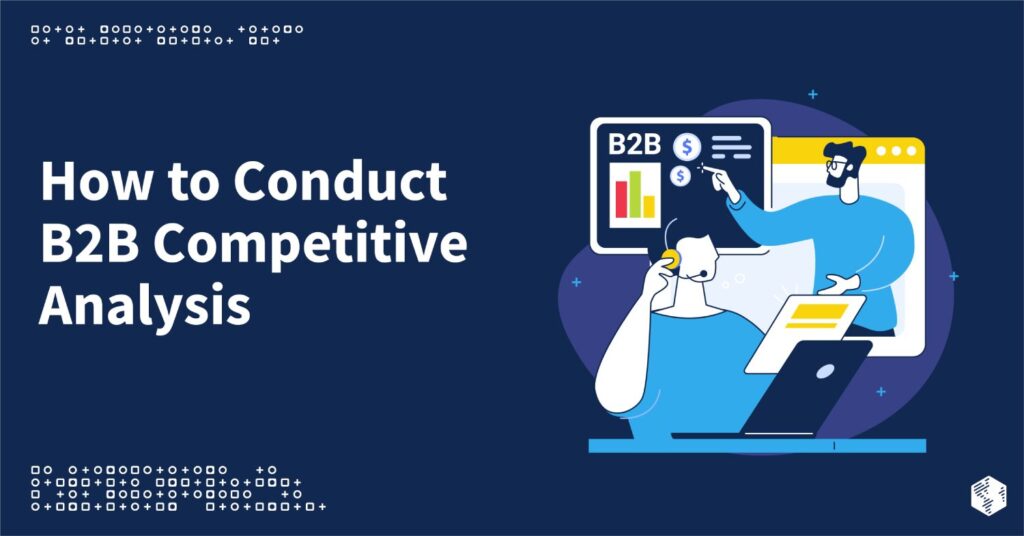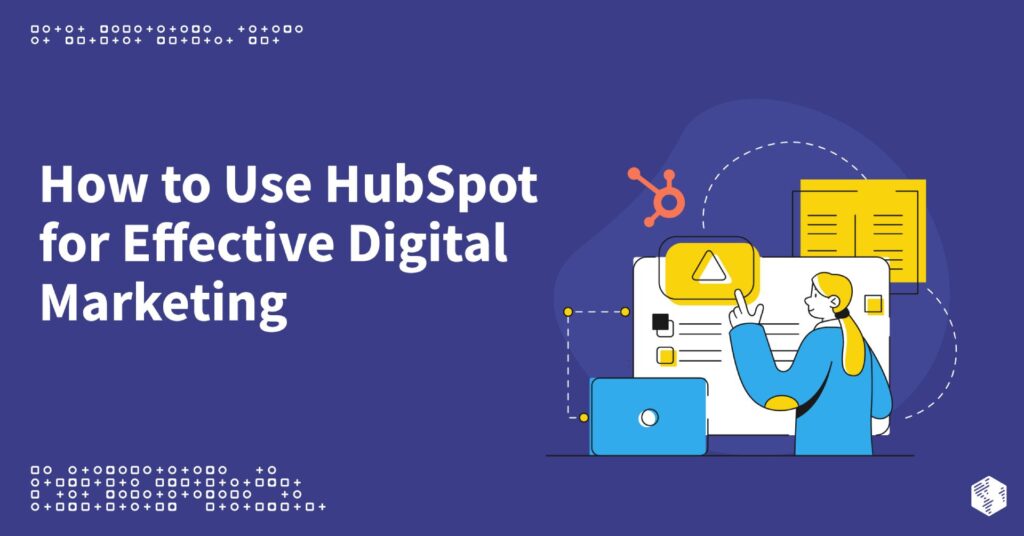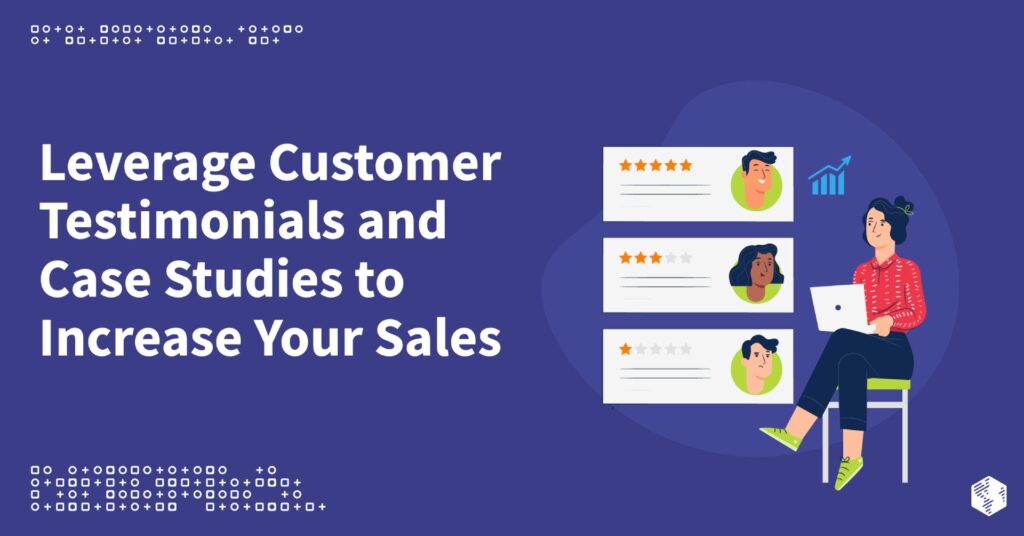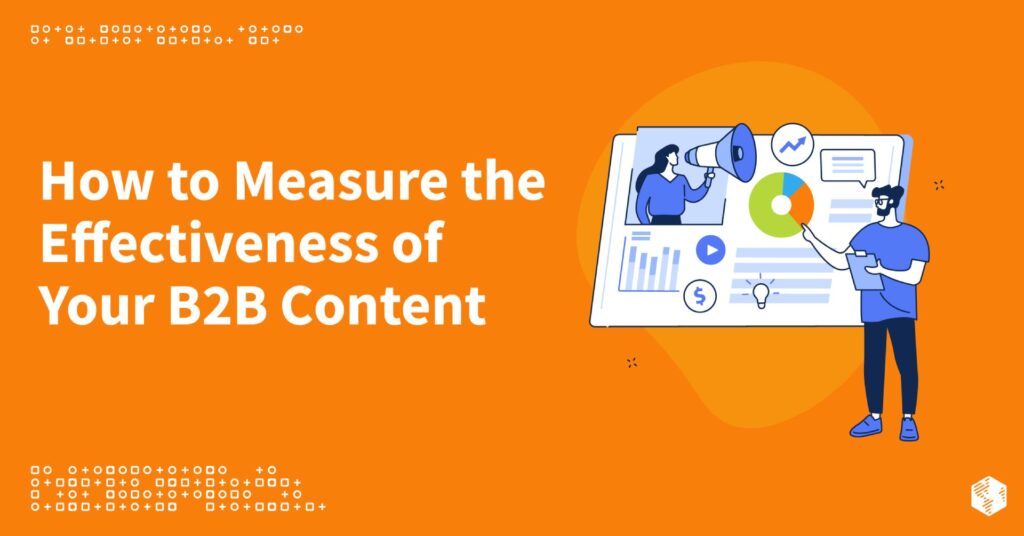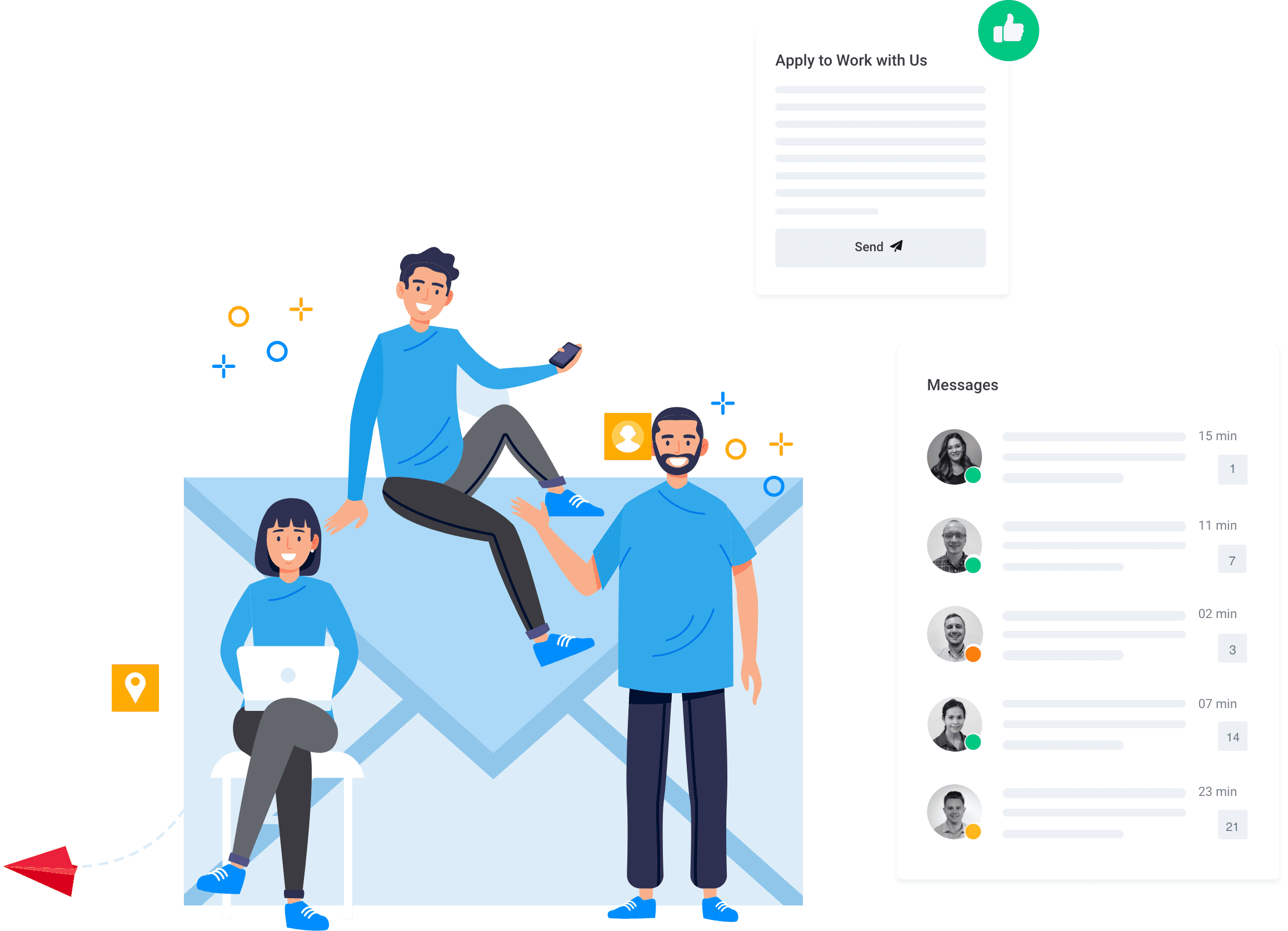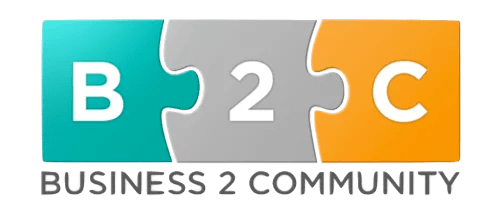The myth of Sisyphus—who defied the Greek gods and was condemned to push a boulder up a mountain, over and over again, for all eternity—is a lesson in the absurdity and struggle of human existence. But the story can also be a source of reflection for those of us looking to gain perspective. It raises questions: What is the boulder in our own lives, both personal and professional? Why do we continue to roll the boulder up the hill and expect something different to happen? What are we repeatedly doing without seeing any results?
Let’s re-frame these questions in the context of your B2B company, specifically when it comes to growth.
Growing your business is a constant struggle. In fact, it has likely often felt like an uphill battle.
If you do the same thing—employ the same traditional marketing techniques, push that same boulder up the hill—over and over again, you can expect to see the same (non-)results.
That shouldn’t shock you.
Instead, let’s do something different, like investing in different digital marketing strategies that will generate long-term growth.
What Is Growth Hacking?
Have you heard of growth hacking before? It may bring to mind tech startups and internet companies in the early 2010s. Many of those companies used growth hacking to expand rapidly and achieve amazing results. But while growth hacking strategies started in the world of Silicon Valley, B2B organizations around the world are now using it to generate massive growth.
Growth hacking is the process of using efficient, low-cost, resource-light digital marketing strategies to reach new audiences, increase brand awareness, get more customers, and achieve rapid growth.
The “hacking” refers to the experimentation part of growth hacking. It’s all about testing out different digital marketing strategies to determine which tactics help your B2B company grow. If the strategies don’t promote growth, you can move on. Then you can focus your time, efforts, and resources on the tactics that bring a positive return on investment (ROI).
Dropbox’s referral program, AirBNB’s social media contests, and HubSpot’s free website performance tool are all examples of successful growth hacking experiments that have taken the world by storm. And your B2B company can benefit from these tactics, too.
The Importance of Growth Hacking for B2B Companies
By implementing growth hacking strategies, your B2B company can experience significant growth at minimal cost.
That’s the beauty of growth hacking. While traditional, high-cost marketing methods can still bring results, growth hacking is a data-driven strategy that is based on creativity and innovation. Why sink more and more money into your marketing budget and hope to see results when you can experiment with different digital marketing tactics, invest in the strategies that are successful in promoting growth, and get rid of campaigns that don’t support your growth goals instead?
That’s why B2B companies need to consider growth marketing. (At least, if the company wants to not only survive but also thrive in an ever-competitive B2B marketing landscape.)
READ: The B2B Growth Formula Explained: How to Get More Clients and Keep Them For Life
10 Best B2B Growth Hacking Strategies
Growth hacking is founded on experimentation—testing different marketing strategies, analyzing success and failures, supporting initiatives that help your business grow, and moving away from campaigns that don’t provide a high ROI.
But for this experimentation to be successful, you have to carefully develop and implement a growth hacking process that fits the needs of your B2B company. Not all growth hacking strategies will work for every organization. It’s essential to try several different strategies and discover which ones work best for your business.
We’ve created a list of the growth hacking strategies that our clients have successfully used to create meaningful, manageable, long-term growth. As you develop (or revamp) your company’s digital marketing strategy, start by considering these growth marketing tactics.
1. Understand Your Target Market
The first step in creating a successful growth hacking strategy (or any marketing strategy, really) is to understand your target market.
By creating an ideal customer profile (ICP)—a description of your perfect customer—you can better understand who you are targeting, how to reach them, and how to engage with them at every stage of the buyer’s journey.
Conduct extensive market research and analyze customer data to build buyer personas, which will make it easy to tailor your growth hacking strategies to specific audiences. These personas contain detailed information about different customer segments, from demographic data like age, gender, and location to data on their online behaviors.
With this target market in mind, you can build growth marketing campaigns that reach your ideal audience and are more likely to result in a purchase.
2. Optimize Your Website for Lead Generation
All roads used to lead to Rome. Now, they need to lead to your website.
Every growth hacking strategy will, at some point, guide prospective customers to your website. You should make it as easy as possible for buyers to engage with your website pages and to quickly find the information. Customers who visit a website with lead magnets, strong calls to action (CTAs), and a clear value proposition are more likely to convert.
And make sure you follow search engine optimization (SEO) best practices to ensure potential customers can find your business when they search for products or services like yours.
READ: B2B SEO Strategy: 15 Best Practices for Creating Your B2B SEO Strategy
3. Leverage Content Marketing
You’ve heard it before, and we’ll say it again: Content is king. In fact, valuable, informative, engaging content is the backbone of successful growth hacking.
Content marketing is a two-part process:
- Content creation: Creating valuable content that educates and engages your target audience.
- Content distribution: Sharing content through social media, email marketing, and other channels.
Valuable content identifies your brand as a leader in the industry and builds trust with prospective customers and encourages them to interact with your products and services. By developing content that entertains, educates, or solves a problem for your ideal buyers, they will be more likely to share and engage with that content—increasing their chances of making a purchase.
4. Focus on Technical SEO
Search engines like Google penalize websites that are slow, have broken links, or are missing important technical data. How do you know if your website isn’t up to par? By using an analytics tool. This type of software will audit your website for technical issues and tell you what needs to be fixed.
Technical SEO includes adding meta tags and descriptions to web pages, adding alt text to images, identifying headers, creating an XML sitemap, improving your page loading speed, and managing 404 and 301 errors.
If you optimize these items and solve any technical issues, you can get a significant boost in your search engine ranking—which means more visibility, more traffic, more customers, more revenue, and more growth.
5. Use Social Media for Brand Awareness and Lead Generation
Social media is a powerful, cost-effective, engaging way for you to increase brand awareness and generate more leads.
There are so many different types of social media products, and it seems like more and more pop up every day. LinkedIn has long been the most popular B2B platform, but your ideal customers may be using other platforms as well. Based on your ICP and buyer persona research, identify the most effective social media platforms for your business and target those channels.
But having an account on different social platforms is only the beginning. If you want to build a strong social media presence, you have to post consistently and engage with your audience.
To generate interest in your social posts, share content that resonates with your audience. At the same time, comment on other posts and engage with your followers to continue building your brand’s social presence.
6. Implement Email Marketing Campaigns
Any B2B marketer will tell you the value of email. Why? Because no matter what websites your customers visit or what social platforms they join, everyone in the B2B world uses email.
Email marketing campaigns are cost-effective and low-effort, but it takes time to build an email list of prospects and customers. You can get buyers to sign up for your email list by offering a valuable artifact like an ebook, report, or checklist. Also, give website visitors plenty of opportunities to join, from pop-ups to prominent sign-up boxes.
Once you have a strong email list, you can create targeted email campaigns that speak to the needs of your audience. Marketing automation software has made this process easier than ever, allowing you to engage with and even personalize campaigns for a variety of different audience segments.
Everyone is always checking their email. Why not experiment with how to use it to grow your business?
READ: How Can B2B Email Marketing Fuel Your Overall Inbound Strategy?
7. Create a Referral Program
Nothing beats word of mouth. If your current customers share your products or services with their networks, you’ll see significant growth.
Encourage satisfied customers to refer others to your business by creating a referral program. But to do it right, you also need to offer incentives so customers will be enthusiastic about promoting your products and services to their network.
Another important thing to keep in mind is that a positive customer experience is the first step. When your customers are delighted with your products or services and their interactions with your company, they are more likely to enthusiastically recommend you to their friends and colleagues.
This growth hacking strategy takes advantage of your customers’ networks, so make it easy for them to join and offer them benefits for being loyal to your brand.
And, of course, make sure you’re tracking and measuring the ROI of any referral programs you create. The benefits have to go both ways.
8. Collect Customer Reviews
What did you do the last time you had to make a purchase on the internet? You, like most of today’s buyers, probably looked at reviews from previous customers to get a better idea of the quality of the item or service.
An overwhelming majority of B2B customers read reviews before reaching out to a salesperson or signing up for a free trial. And, when buyers see positive feedback from trusted reviews, they are more likely to jump on board.
To take advantage of the power of customer reviews, you have two responsibilities: to collect customer reviews and to make them easy for buyers to find.
The easiest way to collect customer reviews is to ask for them. Here are a few ideas:
- Email customers directly and ask them to leave a review
- Install a pop-up review form on your landing pages
- Offer incentives for reviews
- Include conversations about reviews in your chatbot programming
- Add a link to leave a review on thank you and landing pages
Then, make sure to have those reviews easily accessible so that potential customers can find them.
9. Develop Paid Ads
Paid ads is a strategy that includes both pay-per-click (PPC) ads on search engines like Google and social media ads. With ads that are carefully tailored to your target audience, your company can quickly increase the amount of web traffic you generate, leading to long-term growth.
PPC and social ads are also an opportunity to continue testing different growth hacking strategies. With these ads, you can experiment with different keywords, copy, graphics, features, and content. You’ll see what your visitors find most engaging and get more helpful data points for your growth hacking process.
READ: B2B PPC: How to Use Paid Search to Drive Business Leads and Revenue
10. Analyze and Measure Results
Since growth hacking relies on experimentation, it’s important to track, analyze, and measure the results of those experiments.
Metrics and key performance indicators (KPIs) reveal how these different strategies are performing—whether they are successfully driving growth or not meeting expectations. These data points and measurements will help you optimize your marketing strategies for maximum impact.
Analytics tools do this work for you. Use them to your advantage to get a better understanding of the success of all the growth hacking strategies you have in motion.
Partner with OneIMS to Grow Your Business
Is your B2B company ready to create new revenue goals and implement growth hacking strategies to reach them?
Let us help.
Our growth formula framework is designed to help your business implement growth hacking strategies and long-term ROI. We have what it takes to help you identify which growth hacking strategies are the best fit for your B2B organization and develop a digital marketing strategy that helps your business achieve long-term success.
But you don’t have to take our word for it. View testimonials from our clients and read our blog to get an idea of our training, experience, and track record of success.
Are you ready to grow your business? Schedule a consultation with us today to get started.


